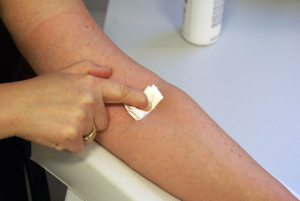By H. Joseph Holliday, MD, FACAM, RVT; 2000
ABSTRACT:
This patient review was designed to compare the lower-extremity amputation rate of patients treated with traditional surgery interventions with those who received EDTA chelation for treatment of peripheral vascular insufficiency. The patient populations were similar and the follow-up period was compatible between chelation patients and those progressing to amputation after surgery. All amputations occurred within 1 year after surgery. The chelation-treated group was observed for 36 months. 89 patients were treated surgically with 8 failures leading to amputation (9% amputation rate). Rest pain was relieved in 9 of 14 patients after surgery. Therefore, 64% of the patients who presented with rest pain experienced improvement in quality of life with no rest pain after surgery. Five patients with continued rest pain after surgery required amputation. Seventy-six patients (87%) were able to walk without claudication after surgery. Twenty-two chelation patients received a combined total of 750 treatments. Four patients presented with rest pain and all but 1 patient received total relief after an average of 12 treatments; consequently, 75% of patients with rest pain were improved. The patient who experienced no improvement in rest pain stopped chelation after 12 treatments. Twenty-one patients completed 30 or more EDTA treatments; of those patients, 20 experienced an increase in walking distance without pain. The patient who did not experience an increase in walking distance without pain received complete relief from rest pain. None of the patients receiving chelation therapy progressed to amputation. Chelation treated patients were found to have a lower amputation rate than surgically treated patients with comparable lower-extremity arterial disease. Symptom relief with chelation is excellent. Therefore, EDTA chelation can be considered an option to surgical intervention for the initial and complete treatment of patients with lower-extremity arterial occlusive disease.
